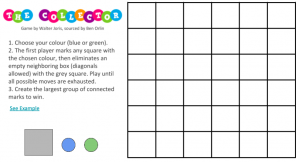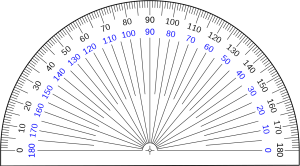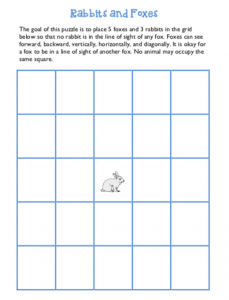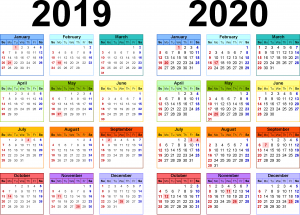
I love finding awesome new resources. You can say that I am a bit of an internet junkie, always searching for new content information and sources to use in my classroom. Why? I don’t know. I already have so many websites bookmarked and more sources than I could ever possibly use. Yet for some reason, I don’t stop searching.
And thus I do appreciate when I get sent good sources from others. A few months ago I was sent an email from a mother who has a son that loves forensic science. After some searching of his own, he came across a good forensic information website, and the mom sent it over to me to include on my site. I will admit that this email sat in my inbox for longer than I wanted (planning and prepping this school year seems to have taken over my life), but today I was determined to finally explore that site on my own.
When I began to look through the Under the Magnifying Glass: Forensic Science website page, I had to agree that this was a good resource, so thank you Anna and Tyler for sending this my way. It includes resources to understand what happens at the site of the crime, back in the lab, and at the morgue. It covers digital forensics, and even has links to a few forensic games. (Note – one game link no longer works and two of the games use flash, which is now retired.)
When I looked at the header on this page, I saw that it is part of a larger website called, O.Berk, Leaders in Packaging Solutions. Now I was intrigued. What is a forensics page doing on a packaging company’s website? I began to wonder if this was legit, or if something odd was going on here. I began my inquiry by using the internal site search bar to see what came up. I entered the words “forensic science”…nothing. I tried searching “Under the Magnifying Glass”…nothing. I clicked on the company name in the header and saw a drop down menu, but again, there was nothing that I could see that would lead me to their forensic science page. I scrolled down to the bottom to the footer section, but didn’t see anything of note there, either. I finally decided to click on the site map in the footer section. Scrolling quickly through the site map I saw many things that specifically related to the packaging industry. I went through it again, this time slower, and came across a section called, “Additional Pages”.
Aha. Mystery solved.
This section on additional pages did include the Under the Magnifying Glass Forensic Science page, but I saw that it was not the only resource page on the O.Berk Packaging website. Do you want to learn about ancient Egyptian discoveries? Go here. Antique bottle hunting? Marine plastic pollution? The history of glass blowing? Metal detecting? Jar canning and preservation? Recycling and litter? The history of maple syrup? All can be found on this site. Apparently this is the site you need to visit to learn about these things, as well as other tidbits about glass containers and their history. A very unlikely source to house some of this information, but apparently secrets lie everywhere.
And so ends my exploration for this Sunday morning… a good exploration spent with a cup of coffee.
Now on to baking.







